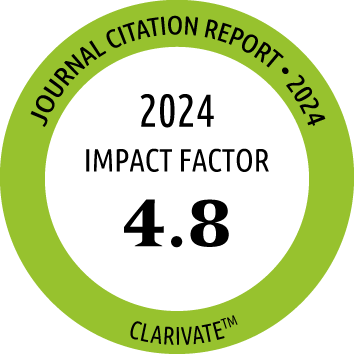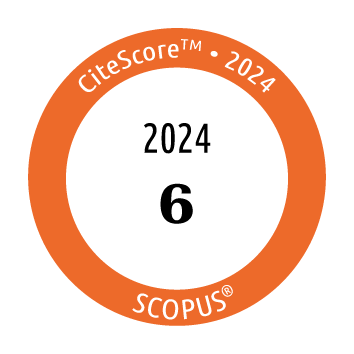Return to content in this issue
Component-Resolved IgE and IgG4 Profiling Reveals Robust IgG4 Responses Primarily to Abundant Hymenoptera Allergens During Venom Immunotherapy and in Beekeepers
Blank S1, Dorn B2, Seiringer P3, Grosch J1, Slusarenko BO1, Dittmar M1, Kaczmarcyk R3, Rogner D3, Jung A2, Plail L3, Eberlein B3, Biedermann T3, Darsow U3, Brockow K3, Schmidt-Weber CB1, Jakob T2
1Center of Allergy and Environment (ZAUM), Technical University of Munich, School of Medicine and Health & Helmholtz Munich, German Research Center for Environmental Health, Munich, Germany
2Experimental Dermatology and Allergy Research Group, Department of Dermatology and Allergology, Justus-Liebig-University Gießen, Gießen, Germany
3Department of Dermatology and Allergy Biederstein, Technical University of Munich, School of Medicine and Health, Munich, Germany
J Investig Allergol Clin Immunol 2026; Vol. 36(1)
doi: 10.18176/jiaci.1072
Background: Venom immunotherapy (VIT) and natural exposure to Hymenoptera venom induce immune tolerance in allergic patients and beekeepers, respectively. Specific IgE (sIgE) and IgG4 (sIgG4) antibodies play crucial roles in allergic reactions and immune tolerance.
Objective: To investigate the dynamics of sIgE and sIgG4 responses to Hymenoptera venom in patients undergoing VIT and in nonallergic beekeepers at a component-resolved level.
Methods: Serum samples from patients allergic to honeybee venom (HBV) or yellow jacket venom (YJV) and from beekeepers were collected during the first year of VIT and before and after the beekeeping season, respectively. sIgE and sIgG4 levels to whole venom and molecular allergens were measured using the ImmunoCAP platform.
Results: Pronounced sIgE and sIgG4 responses to Ves v 1 and 5 in YJV-allergic patients were accompanied by more frequent sensitization to Ves v 1 after up-dosing. While sIgE profiles in HBV-allergic patients were highly diverse, with a marked contribution of Api m 1 and Api m 10 sIgE, the sIgG4 response during VIT was strongly dominated by Api m 1. Different VIT preparations did not significantly affect the sIgG4 response to low-abundance HBV allergens. In beekeepers, induction of sIgG4 was dependent on sting frequency and was dominated by Api m 1.
Conclusion: Robust induction of IgG4 during VIT and natural venom exposure occurs primarily to abundant allergens and is unaffected by the choice of VIT preparation. The effectiveness of VIT and beekeepers' tolerance to HBV indicate that strong sIgG4 responses to lowabundance allergens are not crucial for immune tolerance.
Key words: Beekeeper, Component-resolved diagnostics, IgE, IgG4, Immune tolerance, Natural exposure, Venom allergy, Venom immunotherapy
| Title | Type | Size | |
|---|---|---|---|
 |
doi10.18176_jiaci.1072_supplemental-materials-figure.pdf | 231.14 Kb | |
 |
doi10.18176_jiaci.1072_supplemental-materials-table.pdf | 543.74 Kb |




